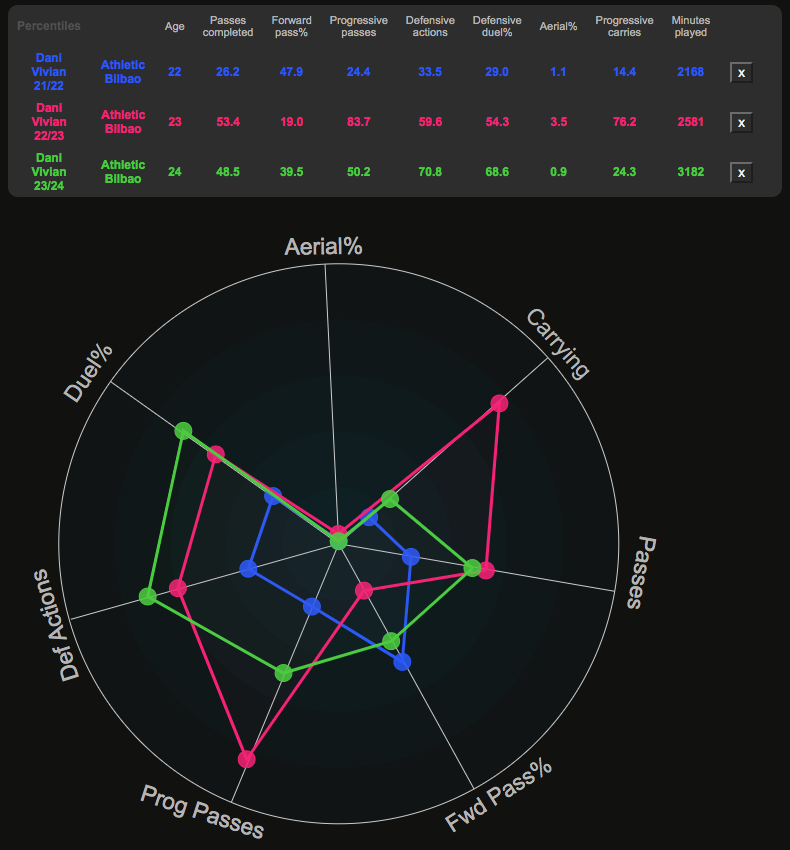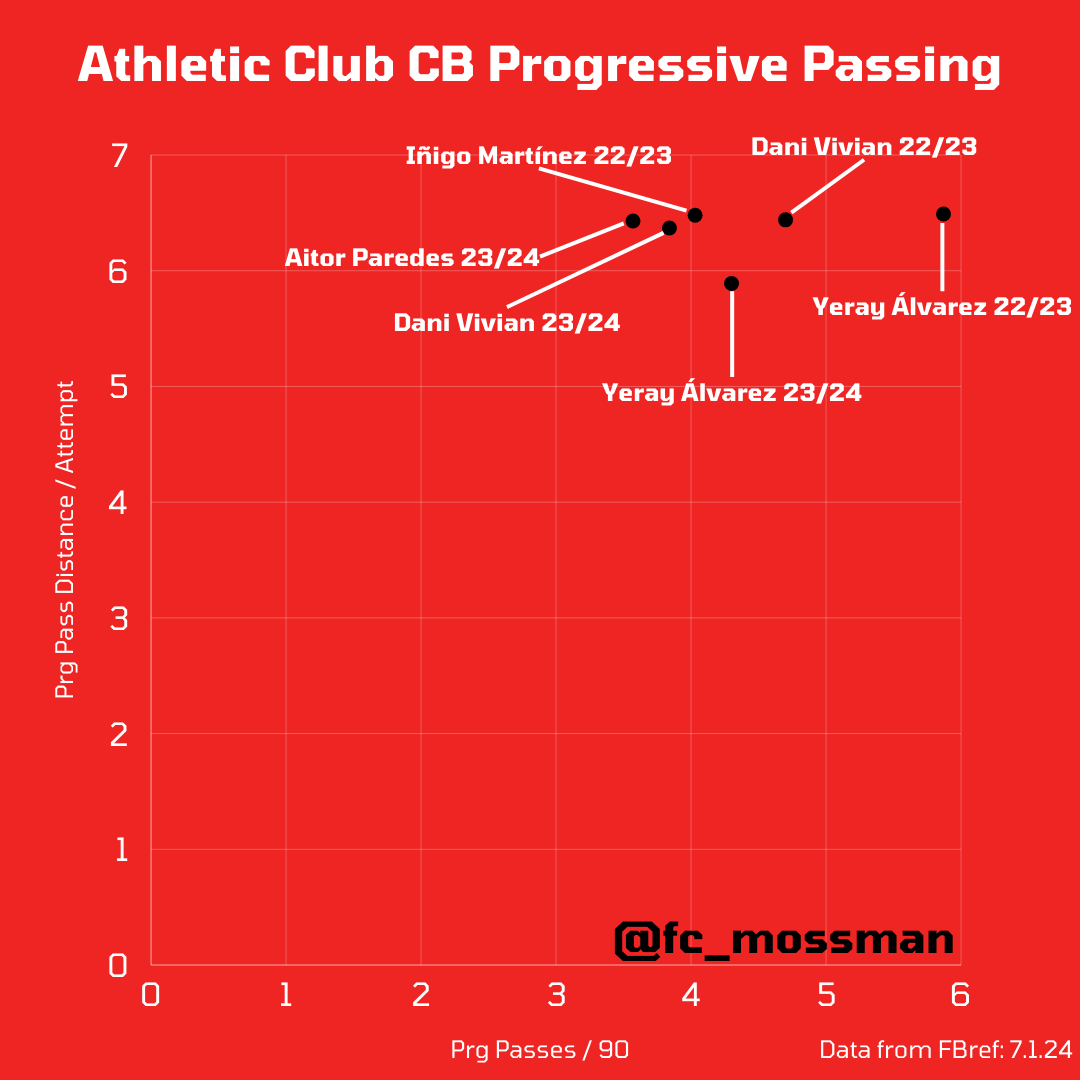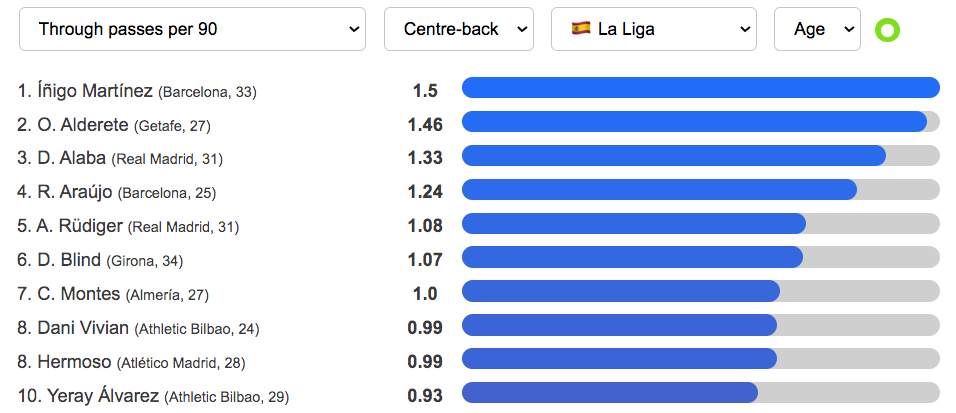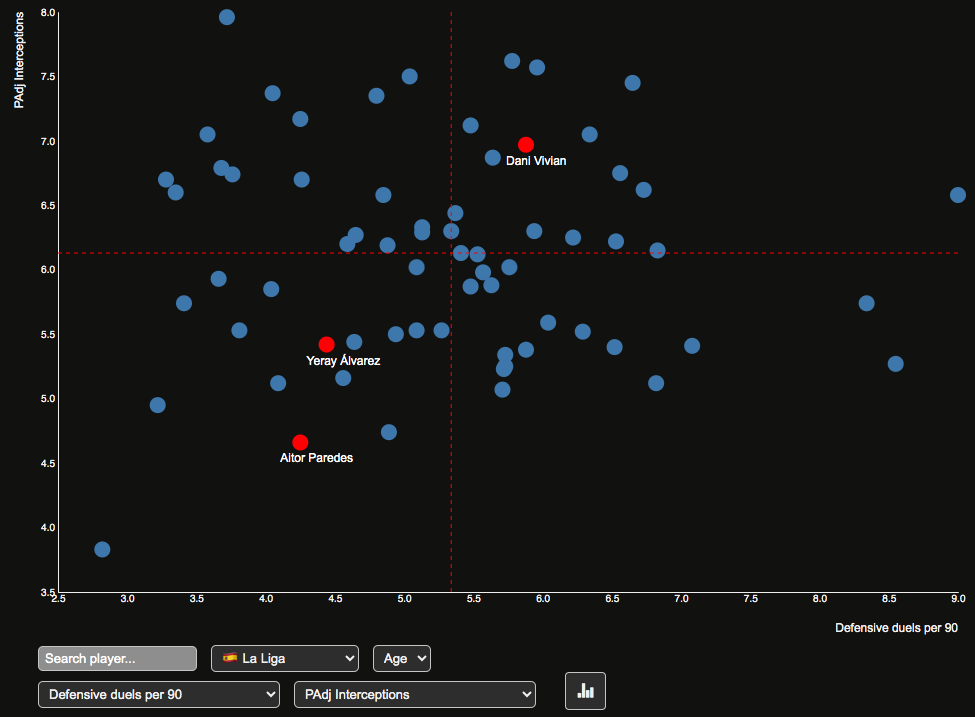Dani Vivian: The Athletic Defender Poised for Euro Glory
Telling non-football fans that Athletic Club are the only top flight team at Europe’s top level that exclusively employ players from their region of Spain is a favorite pastime of soccer bros here in the United States. I am personally guilty of this. My guess is that if you clicked on an article about Dani Vivian, you probably already know this, so I’ll save the club’s back story for the next person I meet that does not understand the offside rule.
The subject of this piece, of course, hails from the Basque region of Spain, and much like the rest of his generation, was not alive the last time Athletic Club lifted a major trophy. The burden to deliver silverware must have weighed heavily on the players, as evidenced by the celebrations when they won this year’s Copa del Rey. I am sure you have seen pictures and videos of the parade, but if you have not, go to Google Images when you are done with this article and peruse the spectacle that unfolded both in 1984 and this past April.
With this as the backdrop to the atmosphere around the club, it makes sense how Dani Vivian arrived at his current position along his career arc. He joined the Athletic Club youth system in 2016, and after progressing along, was loaned out to CD Mirandés in the Segunda División for the 2020/2021 season. After this, he returned to his parent club and made his first team debut in the next season. Over the next three years, he would transform himself from a rotational player to the foundation of a strong, young center back pairing with Aitor Paredes.
Fast forward to March 22nd, 2024, when Dani Vivian made his international debut for Spain. Soon thereafter, he was selected for the squad that would represent the country during this year’s Euros. This came as a surprise to some, especially because it appeared to be at the expense of Barcelona wonderkid, Pau Cubarsí. Considering the Barca teenager had the social media ‘wow’ factor, and the support of one of the biggest fan bases in the world, Vivian’s inclusion must have been merit based. So, why did Luis de la Fuente choose Dani?
Dani Vivian Player Profile
One of the most interesting components of Dani Vivian’s profile is his evolution in his first three seasons with the Athletic Club first team.

His first season was pretty underwhelming, but he had a major breakout in 2022/2023 in terms of his ball-carrying and progressive passing metrics. This coincided with Ernesto Valverde’s third spell at the club, which I believe contributed greatly to his growth as a player.
One pattern I observed is that after the big jump in progressive metrics in ‘22/23, Vivian returned to a median or below-average range in ‘23/24. Was the spike season an aberration, or is there another explanation?
Dani Vivian’s Adaptability
To find out, I analyzed the three most capped center backs for Athletic Club over each of their past three seasons, plotted by their progressive pass distance per pass attempt and progressive passes per 90 minutes.

Vivan and Yeray Álvarez both saw a noticeable decrease in their progressive passing this year, suggesting that the observed decrease has more to do with tactical instruction, than it does a regression of ability this year or an anomalous performance last year. How about ball carrying?

Same deal, but to an even greater extent. Dani Vivian saw a massive drop in his progressive carry numbers this season, while the decline was only moderate for Álvarez. Again, this tells me that Athletic Club’s tactics changed this season, and the center backs adapted to a new role. The team level statistics back up my thesis as well. Los Leones saw their progressive actions decline across the board this season:

With this in mind, I believe the biggest red flag I initially observed in Dani Vivian’s profile is actually more of a green flag. He demonstrated the ability to be an aggressive forward passer and carrier of the ball two years ago, and also showed his adaptability in being able to reign it in and adjust to different instructions this season. That said, Valverde’s men were probably just a bit more selective in terms of the types of line-breaking passes they attempted this season.

Both Dani Vivian and Yeray Álvarez were in the Top 10 for La Liga center backs this season for through balls per 90 minutes (funny enough, their former Athletic Club partner led the league). To me, this shows Dani Vivian is more than capable of breaking the lines with his passing when called upon to do so.
Dani Vivian: Defensive Presence
If you recall back to the initial radar chart, you will notice his defensive metrics (defensive actions and ground duel win rate) have improved every year, from around the 30th percentile his first season, to the 55th percentile in his second, to the 70th percentile this year. That is a sign of healthy improvement, one which is apparent in watching his confidence on the field.
That said, the 70th percentile strikes me as really solid, but nothing special. However, comparing his metrics to those of his center back partners, it certainly becomes more impressive.

Not only is Dani Vivian comfortably in the top half for both defensive duels and possession-adjusted interceptions per 90 minutes for La Liga center backs this season, but his two teammates were comfortably in the bottom half. This speaks to his growth in terms of aggressiveness and awareness as a defender, and frankly makes the 70th percentile marks he managed this season even more impressive.
Wesley Snipes, Woody Harrelson, and Daniel Vivian
Going back to the radar chart one last time, you’ll notice the one area of Vivian’s game that has not made any strides is his aerial abilities. He has never achieved an aerial duel win rate of greater than the 3.5th percentile, and when you plot out La Liga center backs by aerial duels and win rate this season, it does not look any prettier.

Oof. At 6’0” (1,84m), Dani is not the tallest center half in the world by any means, but he is not the shortest either. He is truly tragic in terms of ball winning in the air, and it is a part of his game that I do not see developing later into his career. Also, props if you understood the reference in the title of this section.
Conclusion
Transparently, Dani Vivian came onto my radar as a player to dive deeper into when he was selected for La Roja for the Euros this year, especially because his inclusion almost definitely came at the expense of Pau Cubarsí. I was quite familiar with his game due to my La Liga viewership, but had never taken the time to understand the type of player he has become.
In hindsight (and aside from Cubarsí playing in the Olympics), I understand why Luis de la Fuente picked Dani Vivian. Lack of aerial abilities aside, he provides more than capable progressive passing and carrying abilities, and has an edge about the way he defends that is unique to this group of center backs.
Oihan Sancet: Can Lezama’s Latest Product Lead Athletic Club to European Football?
When De la Fuente rotated the squad against Albania and Vivian got his start, he impressed. His 584 progressive passing yards, 6 ball recoveries, and 10 defensive actions are all the high water marks for Spanish center backs at this tournament, through the Round of 16.
Sure, Spain was in control of the match from start to finish, and Albania was not the stiffest test the Spanish have faced at this tournament, but Dani Vivian more than justified his place in the squad with that performance. After riding the bench in their next two matches, Vivian replaced Jesus Navas in the 58th minute and helped to shore up La Roja’s backline and secure a 2-1 win vs. France in the semifinals. If Spain are to come away with a victory against England, it’s likely that Vivian will have a role to play.
By: Spencer Mossman / @fc_mossman
Featured Image: @GabFoligno / Denis Doyle / Getty Images
